Lupong: The Manang Healing Kit is about lupong. It deals with anorganic content magic stones, pentik (small wooden figures), petrified objects (crafts of wood and bark), a “bottle”, and various charms, bells, and containers of invisibility. Aspects of mineralogy and atomic structures are followed by a microbiological examination and a gas chromatography-mass spectrometry (GC-MS) of the contents of the bottle. Roland Werner, a leading authority on Malaysia’s Orang Asli (Indigenous People), having concentrated his previous academic endeavors on the Mah Meri and Jah Het of mainland Malaysia, in Lupong: The Manang Healing Kit turns to the healing customs of the Iban of Borneo. In this first of four parts Werner adopts a multi-disciplinary approach to examine the role of the lupong manang, a storage box used in healing, that needs careful carving to protect its contents from the depredations of evil spirits. He also examines the lupong manang‘s contents including pentik (small wooden figures), petrified objects and various other charms that make up the essential kit of an Iban healer. A large collection of lupong with various contents as well as with different designs completes these studies as well.
In the literature, lupong has been described as follows: Lupong manang are usually simple bark boxes. Some, however, are distinguished by having a pair of squatting figures attached to their sides. Carving these figures is one of the riskiest undertakings an Iban can embark on, for they protect the contents of the box from spirits which hail from the abode of the dead. Carving these figures take the carver to the very gates of the dead, for it is there that the spirits of these figures must perform their protective tasks. Consequently, the figures of lupong manang are always carved by extremely experienced men who possess the most powerful charms which can protect them from the dangers of such an extraterrestrial adventure. Contents could be crap of wood and bark, bits of curiously twisted roots, odd knoddy sticks, pebbles (smooth) or Achat, quartz fragments, colored glass marble, quartz crystal (batu ilau / stone of night), boars tusk teeth, horn excrescences, feathers, scraps of matting, gold button, Venetian red pebble, yellow stone bead, turmeric, ginger, and sacrificial bowl. If the phenomenon of lupong is approached as multi-disciplinary, the most interesting details can be discovered. Nearly a century ago, Bishop Hose published a report of a visit to a traditional healer (manang) which included a study of few lupong contents. His description, the circumstances and the conclusions is that of a layman without going into the “depth of reality and the complex of symbolism”.
As a result of the author’s own held research, there is not only a great variation of lupong contents but also of lupong design. A different example of the approach to the matter is given by the procedures of manang Ajie Anak Ramba who not only differentiates a great variety of “magic stones” in his lupong, by dividing it into “hereditary” and “acquired” stones, but also describes their different “magic powers”. The “seeing stone” or locally known as batu karas / batu ilau is analyzed under the aspects of mineralogy as well as its atomic structure. A similar analysis is presented with stones of various lupong by describing the chemistry as well as the atomic structure of its different components. Petrified objects in various lupong can be part of the animal or plant world. A closed “glass bottle”, as part of one lupong, which was in use approximately a century ago, has been analyzed of its contents by way of micro-biological as well as GC-MS techniques and the results of its biochemical actions described and documented by computer graphics. A selection of pentik is presented. It might be used as single, twin or triple figures, but could also be more elaborate combinations with organic (animal) and anorganic parts (stones). Various charms are also presented throughout this book. It could be clarified that lupong is more than a container carrying some “strange” objects for more “strange” procedures, but is an integral part, with high symbolic value, for manangs actions and of a “holistic” concept of worldview.

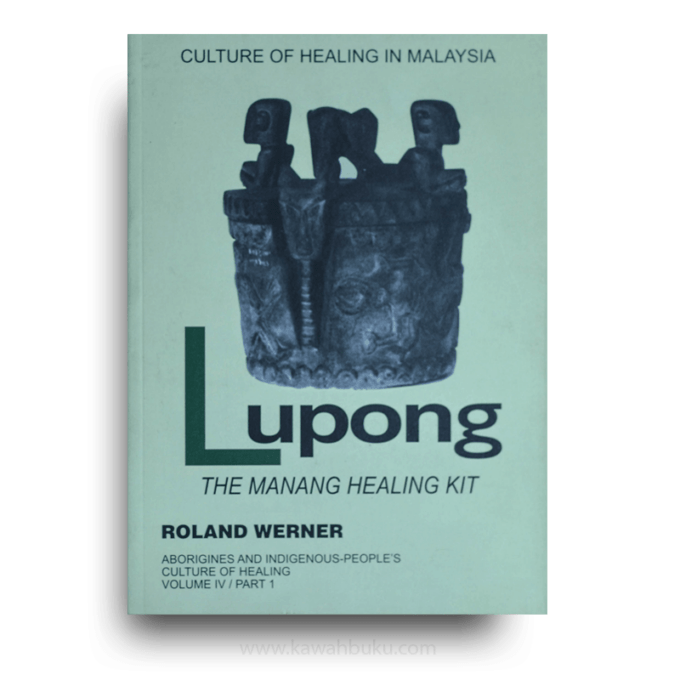



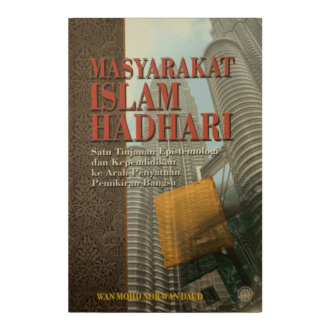
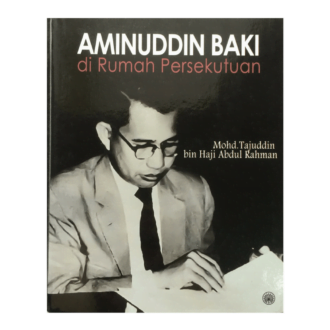

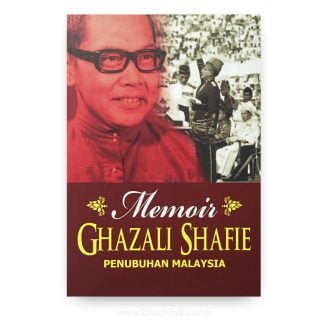

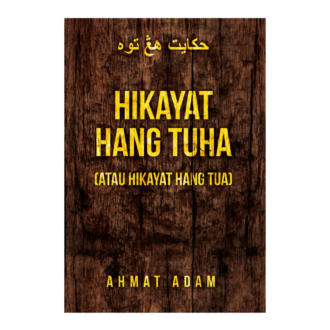
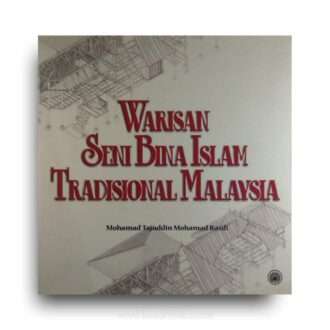
Reviews
There are no reviews yet